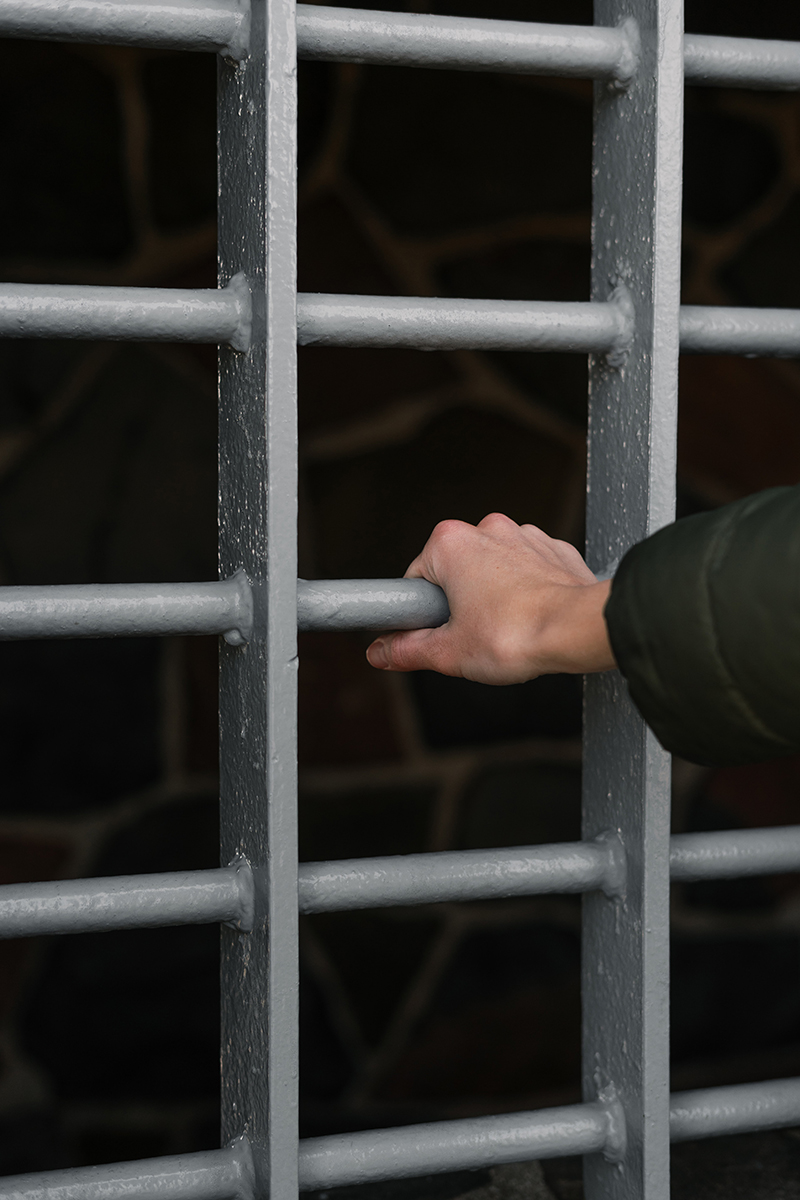Longer sentences and solitary confinement are not criminal deterrents
As a potential result of the COVID-19 pandemic, Statistics Canada noted that the average daily count of adults in legal custody stood 17 per cent lower in April 2020 than in April 2019. It is unclear how much of that drop is owing to precautionary measures taken to reduce the spread of the virus, such as temporary or early release for those with low risk of re-offence. In order to keep numbers low, the incarceration process must be made efficient by focusing on rehabilitation, as opposed to retribution.
Given that temptation can supersede rational thought, the likelihood of facing legal consequences should ideally strip one of the will to act criminally. Those that nevertheless commit crimes and, therefore, become subject to imprisonment are typically confined to a cell — if not for life, for a number of weeks or years. Although incarceration is thought to deter offenders from future crime, 50 studies covering over 300,000 cases have proven otherwise, showing that imprisonment doesn’t reduce recidivism and longer sentences may even slightly increase the chance of a person returning to prison. It has also been suggested by a meta-analysis from Andrews et al. that criminal sanctioning without rehabilitation will not keep people from reoffending once they are free.
Besides ensuring that the general public is safe from law violators, incarceration is also intended to directly punish offenders for their crimes. Confinement, although not a direct form of bodily harm, is nonetheless a form of punishment — especially solitary confinement, which the UN identifies as constituting torture if kept in for over 15 days. The Correctional Service of Canada’s (CSC) introduction of an alternative to solitary confinement titled “structured intervention units” (SIU) has some offenders in confinement for a supposed limit of 15 days. SIUs were introduced as an improvement to solitary confinement after the latter was ruled unconstitutional, but conditions in the “improved” units remain more or less the same. Beyond the absence of social activities, physical immobility may itself be a cause for suffering. But punishing someone for their crimes does not guarantee that criminal conduct does not continue once they are free, as confinement in itself does not involve an education process to help the individual acknowledge and improve on his or her behaviour. In the case of poverty or unemployment where resorting to criminal conduct is a means of survival, short-term aid in the form of a monthly income is a possible solution.
In contrast, rehabilitation through correctional programs seems like a more worthy purpose for incarceration, which the CSC has been incompetent at prioritising. To convey this point, evolutionary biologist Richard Dawkins uses an example from the television series Fawlty Towers. “Let’s all stop beating Basil’s car,” asserts Dawkins, when Basil, the protagonist, beats his car after it fails to start. Instead, we ought to investigate why the car malfunctions, and fix its issue. Similarly, when a person commits a crime, that person ought to be “fixed,” not punished.
Therefore, encouraging offenders to acknowledge the immorality of their crimes by providing access to rehabilitation will make it better able for the incarceration process to be of value. Otherwise, physical confinement simply as punishment produces no fruitful result. Once people undergo the psychological and behavioural treatment process while imprisoned, there is possibility for fundamental improvement in their thought processes, which not only could minimise recidivism, but would also allow them to become productive members of a wider society. Perhaps then, we could continue lowering the number of people in custody through early releases, not just as a precautionary measure during pandemics, but as reformed individuals in times of normality.


